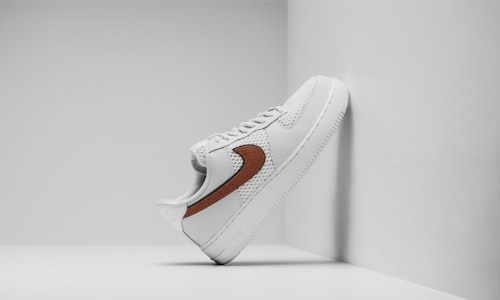Mid 1800s facts
While investigating facts about Mid 1800s, I found out little known, but curios details like:
In the mid-1800s, a snail spent nearly four years glued to a specimen card in the British Museum before scientists realized it was still alive.
Every McIntosh apple is a graft of the original tree that John McIntosh discovered on his Ontario farm in 1811, or a graft of a graft. Every Granny Smith stems from the chance seedling spotted by Maria Ann Smith in her Australian compost pile in the mid-1800s.
In my opinion, it is useful to put together a list of the most interesting details from trusted sources that I've come across. Here are 50 of the best facts about Mid 1800s I managed to collect.
-
American bars first began offering complimentary hard-boiled eggs in the mid-1800s. The idea was to give customers sustenance so they wouldn't become sloppy drunks, and at the same time making the customers thirsty so they would order more drinks
-
Lobsters used to be food for slaves and was used as fertilizer and fish bait. But that changed in the mid 1800s with the invention of canned food and railway transportation. Canned lobster became popular enough that people took trips to the coast for fresh lobster.
-
In the mid 1800s people believed that travelling by train could cause insanity due to the high speeds.
-
Ada Lovelace, a female English mathematician and writer, wrote an algorithm in the mid 1800s designed to be carried out by a machine. As a result, she is often regarded as the first computer programmer.
-
In the mid 1800s, two railroad barons built a pyramid to themselves as a distraction after they were caught committing fraud. The distraction didn't work, but the pyramid still stands in an empty stretch of Wyoming.
-
The saying "Jesus H. Christ" was common in the U.S. as far back as the mid-1800s
-
In the early days of baseball In the mid-1800s, you could be put out between the bases by having the ball thrown directly at you. Players were resistant when the rule was changed — "patching," as it was known, was considered an important and masculine part of the game.
-
The grand boulevards of Paris were built in the mid-1800s partly to make it harder for rioters and revolutionaries to barricade the streets like they had in earlier uprisings
-
The banjo was essentially invented by African American slaves in the U.S., based on similar instruments from Africa, and was considered a primarily African American instrument until the mid 1800s
-
Idaho City's economy formed around gold mining in the mid-1800s.

What is true about mid 1800s?
You can easily fact check it by examining the linked well-known sources.
St. Bernard was known as "Barry Dog" or "Noble Steed" before it became known as St. Bernard during the mid 1800s. It was initially used for guarding of monks in the isolated monasteries, before it was accidently discovered that it can easily find lost or injured travelers trapped in the snow. Name "Barry Dog" was quickly changed to St. Bernard after St. Bernard pass in the Alps where this dog managed to save thousands of lives.
Cady Stanton became involved in early feminism and the suffrage movement during the mid-1800s when she developed a friendship with Susan B. Anthony.
By the mid-1800s ice skating had become popular in Britain among the middle and upper class.
Until 1817-18 most people wore the same shape (straight) shoes on both feet - there was no real historically-proven distinction for left and right shoes. Even then, the use didn't become widespread until the mid-1800s.
Tubas became a member of symphony orchestras in the mid-1800s.
Many prospectors in the mid-1800s used this route during the California gold rush. Because the canal did not yet exist they sailed the Atlantic to Panama, crossed the isthmus either on foot, mules or boat, and then took another ship to California.
Concrete was originally used by the Romans as early as 150 BC. After the fall of the Roman Empire in 400 AD, the art of concrete was lost. Over 1000 years later, it was rediscovered in the mid-1800s and vastly improved by adding steel to it. This is our modern day reinforced concrete.
In the mid-1800s USA, "Native American" political parties (descendants from the original 13 colonies) grew popularity because many thought new Catholic, Irish and German immigrants "followed authoritarian leaders, imported crime and disease, stole native jobs, and practiced moral depravities."
In the mid-1800s yoga began to gain interest in the west.
Anaesthetic to put patients to sleep was not discovered until the mid 1800s
The California Gold Rush brought many people to San Francisco's region in the mid-1800s.